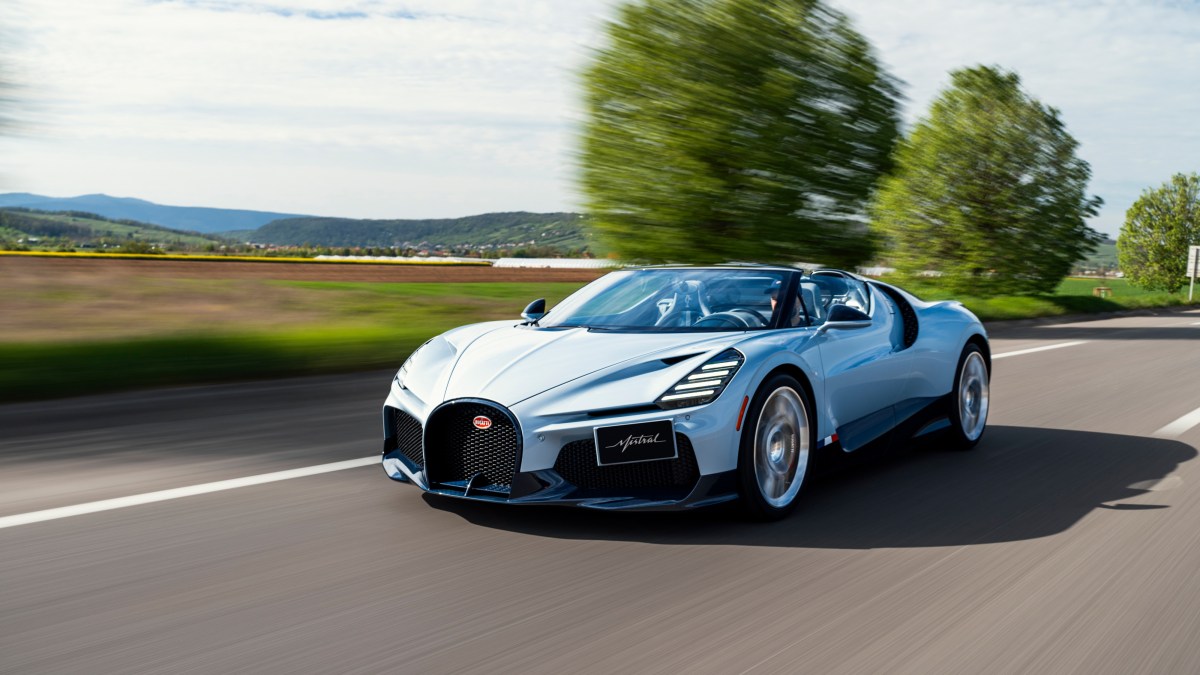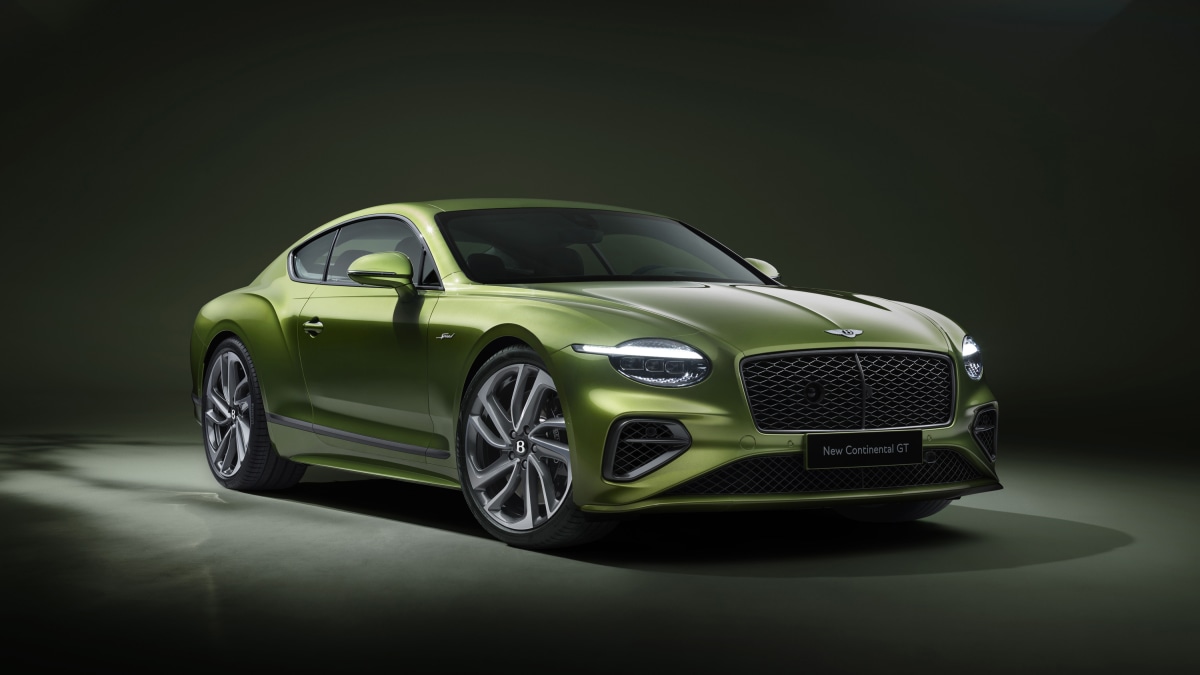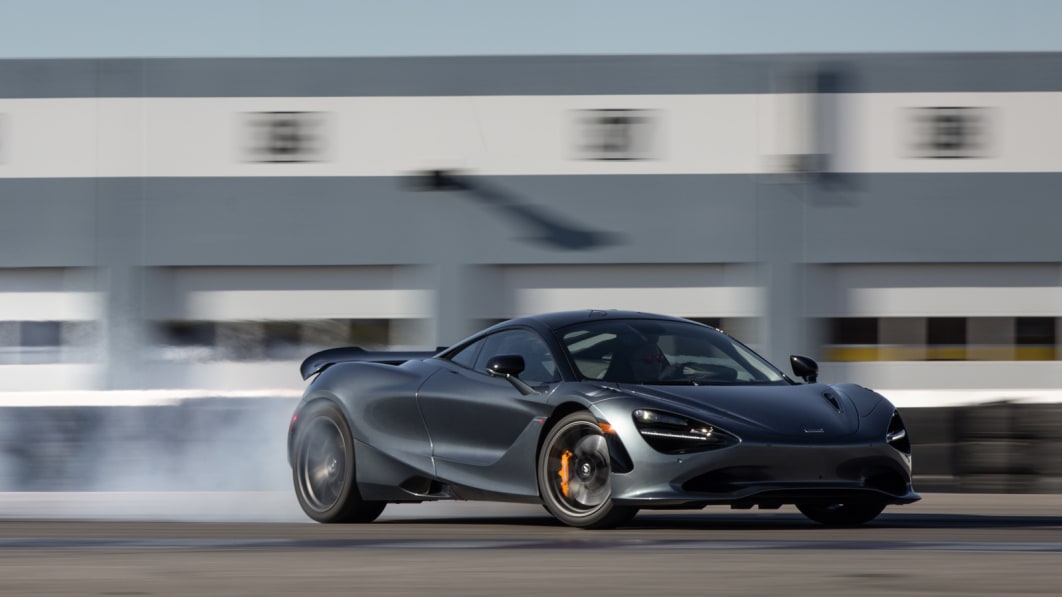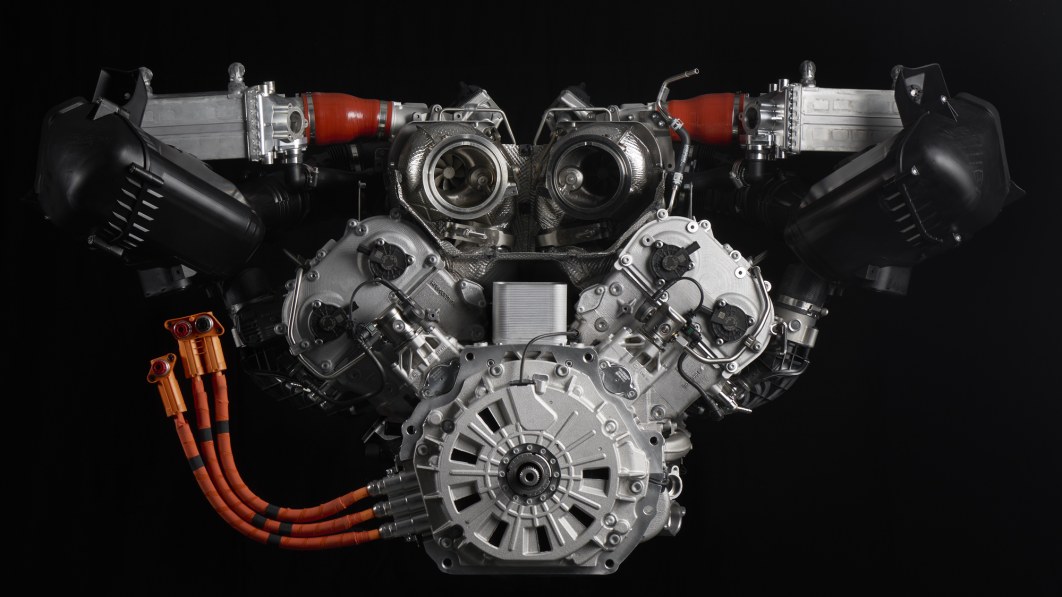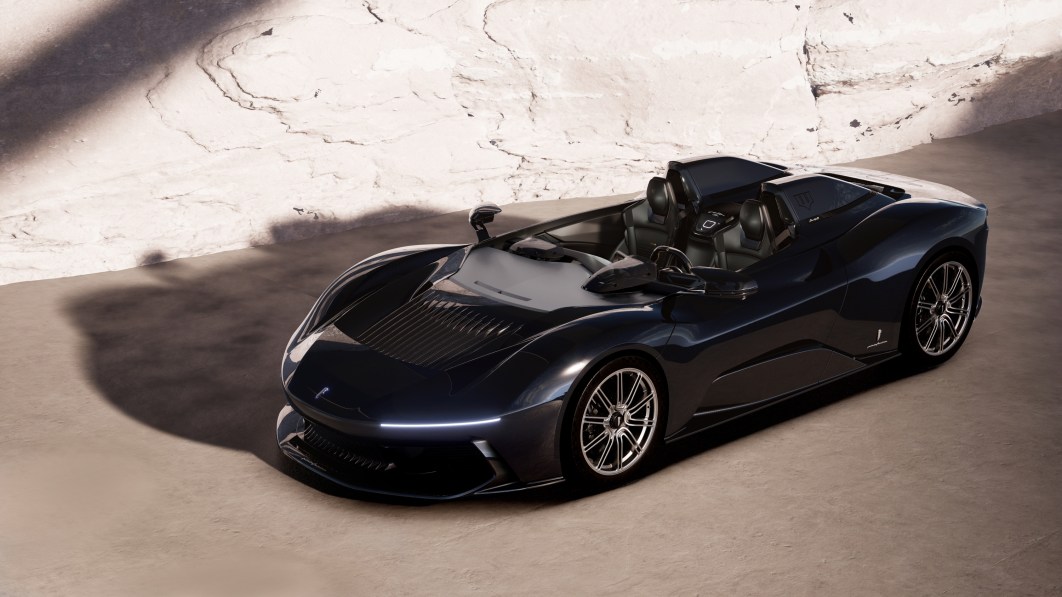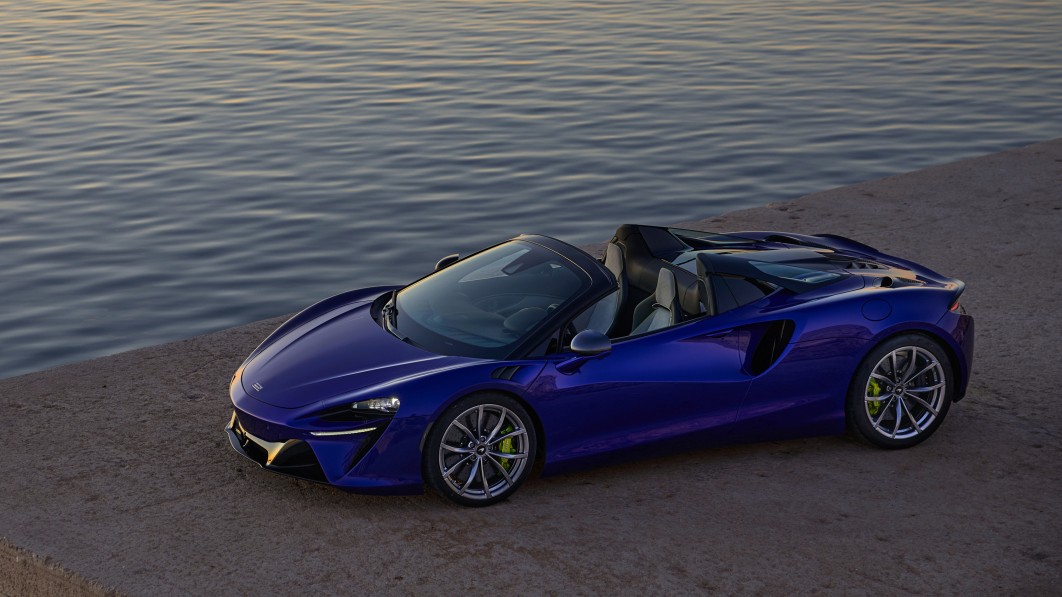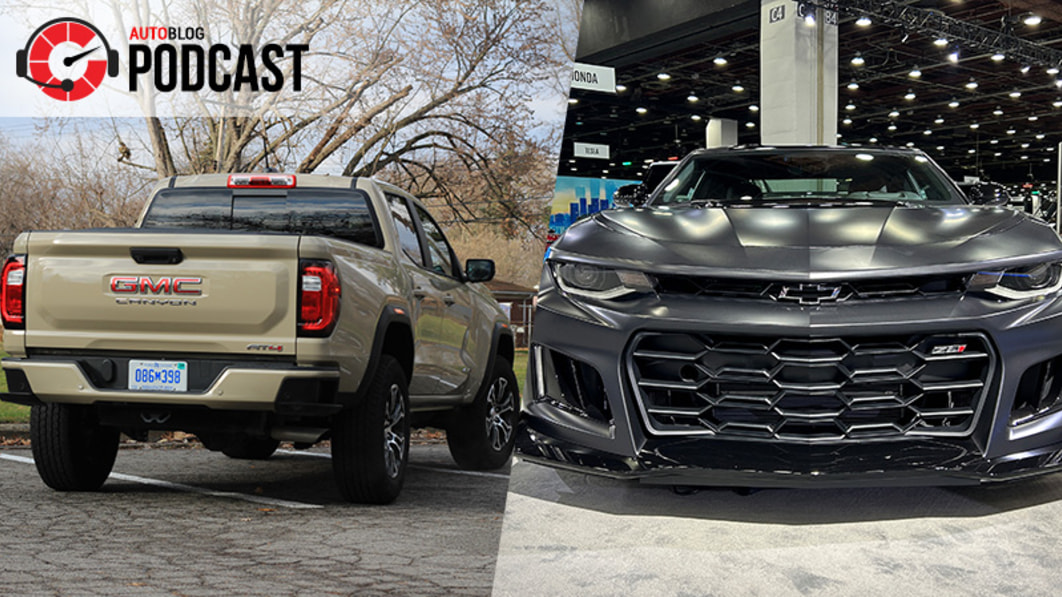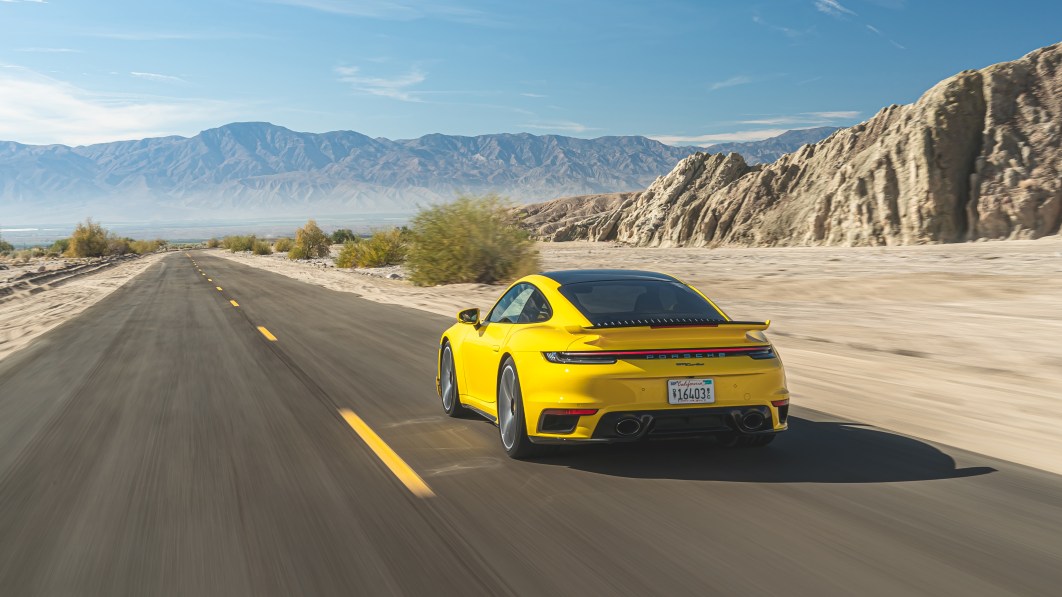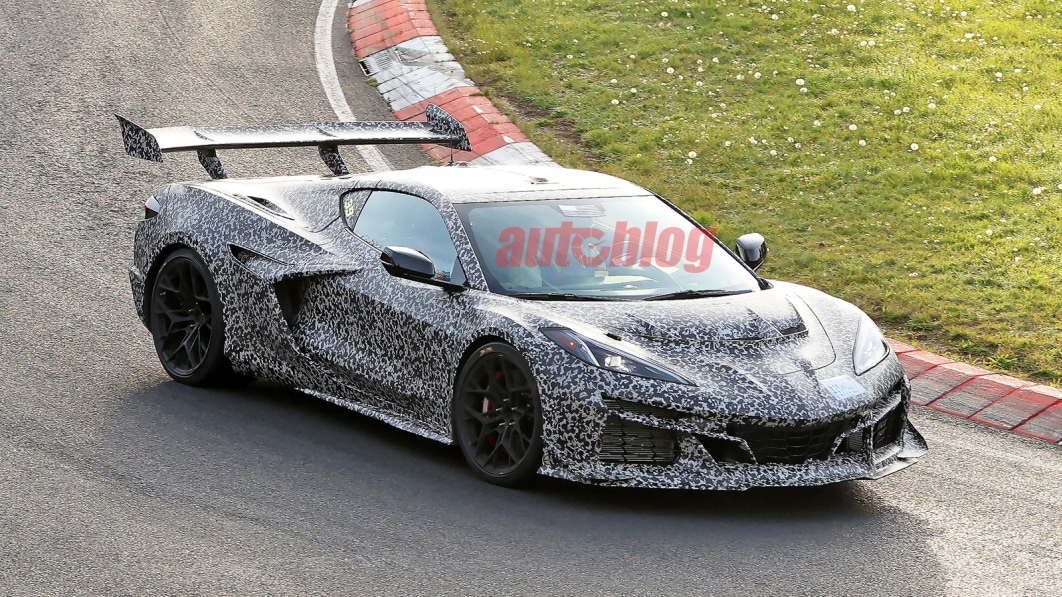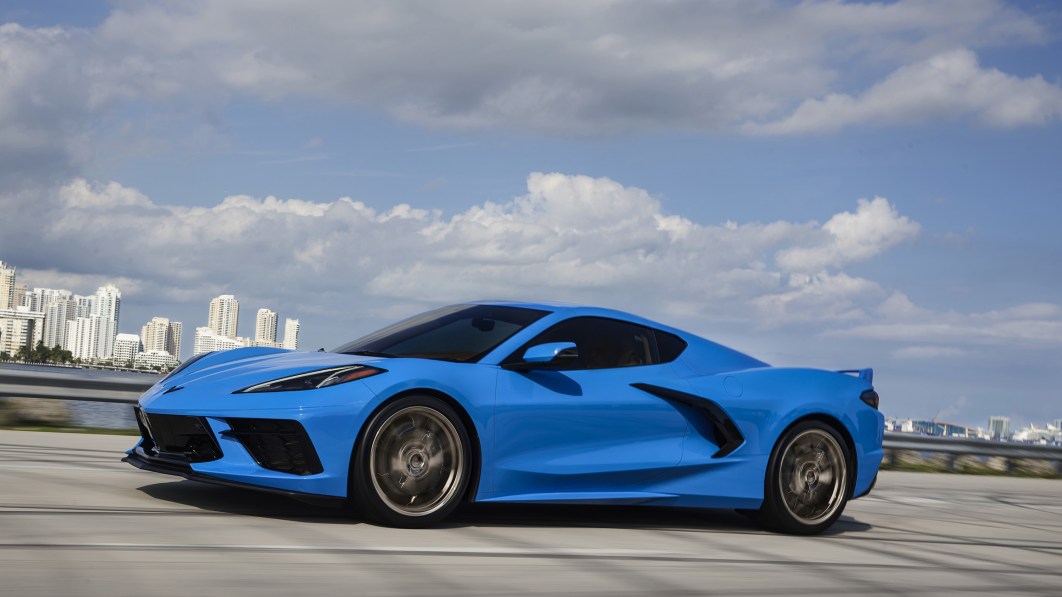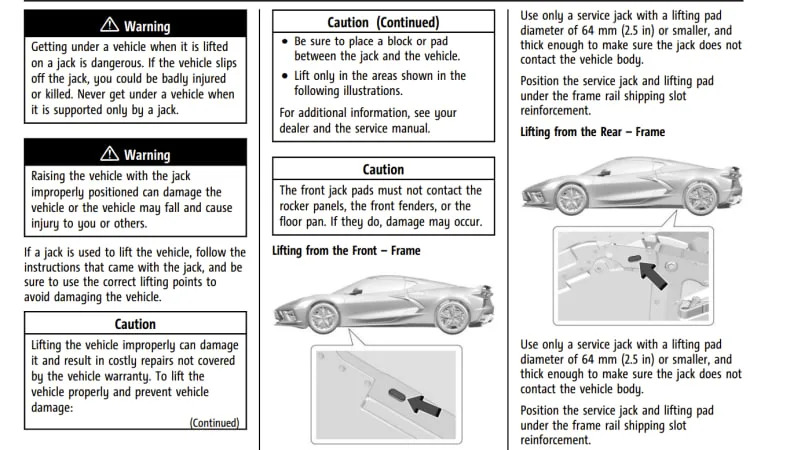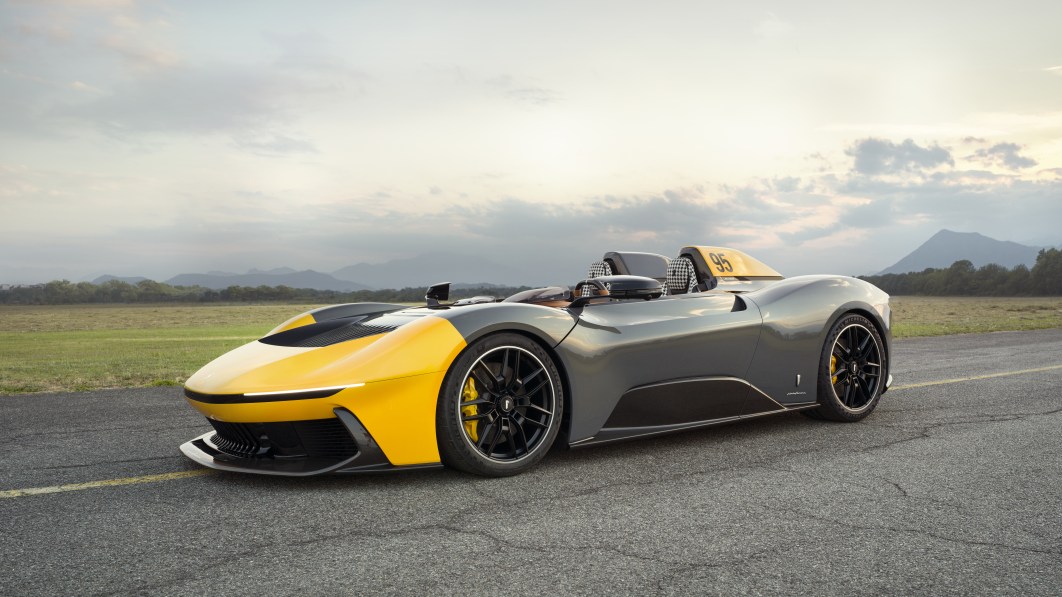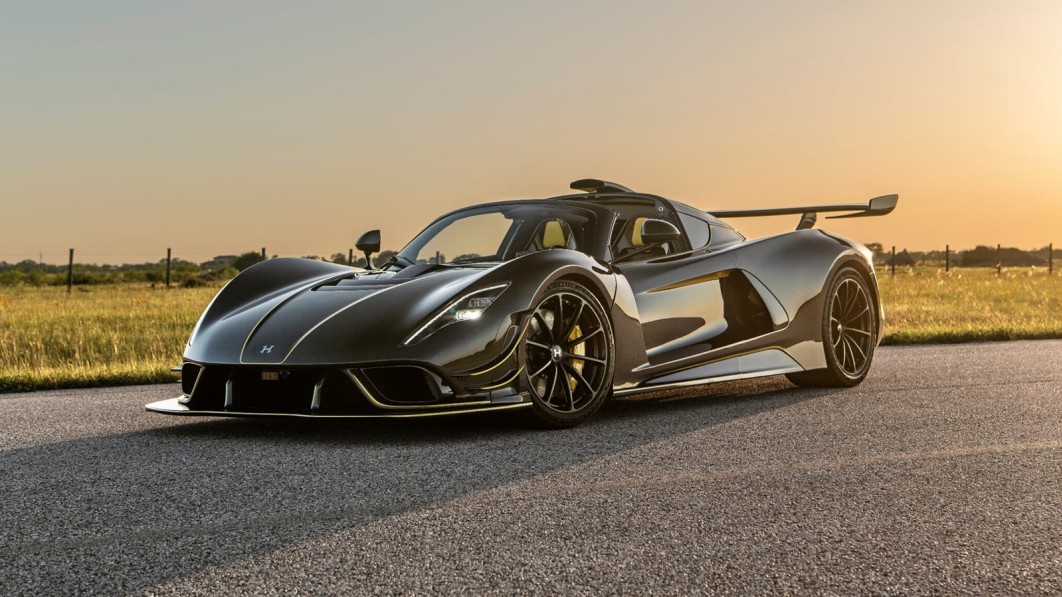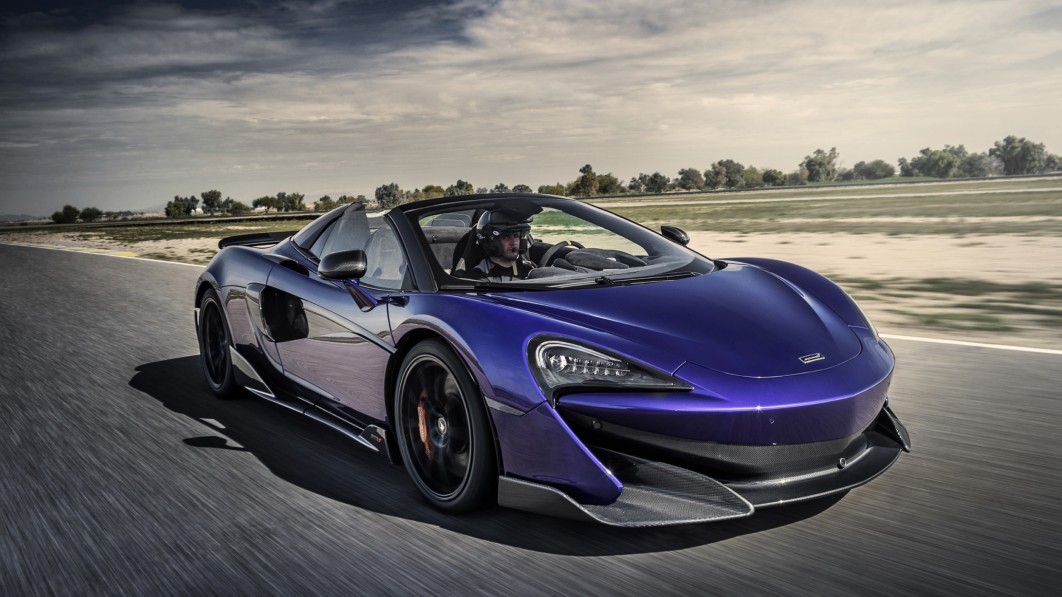Unveiled in 2022, the Mistral is the final street-legal Bugatti powered by the quad-turbocharged W16 engine. It’s related to the Chiron, but the two cars are different enough that the French brand built test mules to put the roadster through its paces before launching production.
While some hypercars can only be registered in the United States under the Show and Display rule, Bugatti wanted the Mistral — its first convertible since 2015 — to be fully street-legal in every major market. It re-engineered the monocoque during the development phase and notably reinforced the sills and the transmission tunnel, so it needed to put the model through a series of crash tests to obtain homologation.
Aerodynamic tests were completed in October 2023, and the 1,600-horsepower W16 engine was extensively tested on a dyno before it was signed off. The road-testing phase of the project has started: Bugatti is testing the Mistral on and off the track, on different road surfaces, at different elevations, and in wildly different weather ranging from freezing cold to scorching hot. One of its development mules has already covered nearly 20,000 miles, and it will rack up an additional 5,000 miles in the coming months including roughly 3,000 miles on a track.
If that doesn’t sound like much, consider this: Bugatti notes that most of its modern-day cars haven’t reached the 25,000-mile mark yet.
Even the top speed, which is advertised at over 260 mph, will be verified — it’s part of road-testing, after all. The problem is that finding a track with a long enough straight is easier said than done. “We are planning to run the final high-speed test on one of the very few tracks around the world that allows us to run the test in safe conditions,” said Emilio Scervo, the chief technical officer for Bugatti-Rimac, without revealing which track he has in mind. “The moment we have access to that track, achieving the top speed will no longer be a problem.”
Mistral production is limited to 99 units excluding the development cars, and the entire run is spoken for in spite of a base price pegged at about €5 million before taxes and options are factored in (that’s around $5.4 million at the current conversion rate). Bugatti also needs to build the 40 planned units of the sold-out Bolide, which is a track-only model. When those are delivered, the W16 will enter the pantheon of automotive history. After closing the W16 chapter, the company will launch production of the recently-unveiled, V16-powered Tourbillon.

